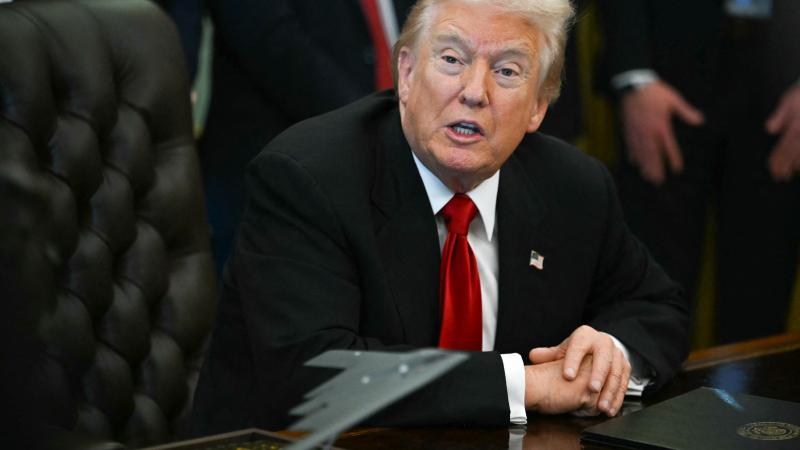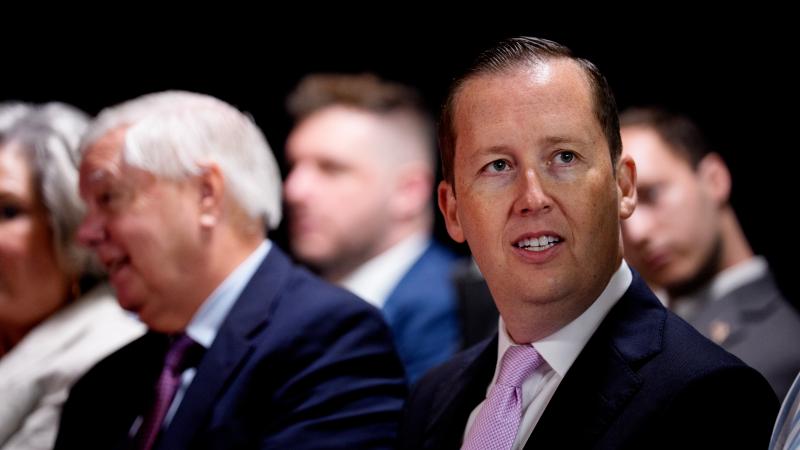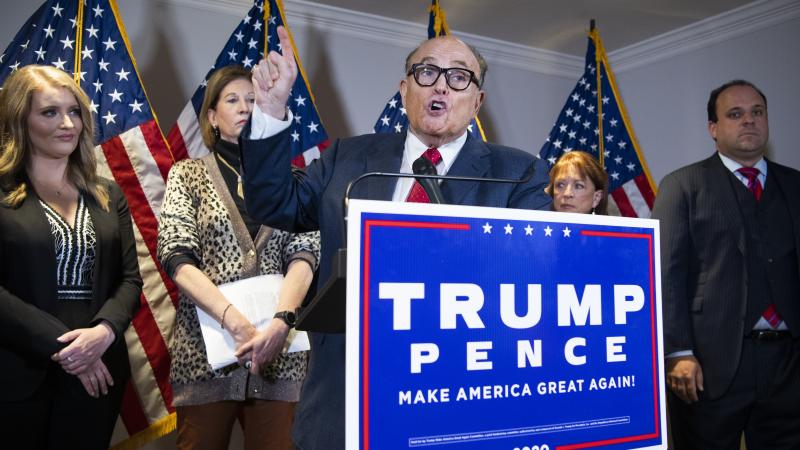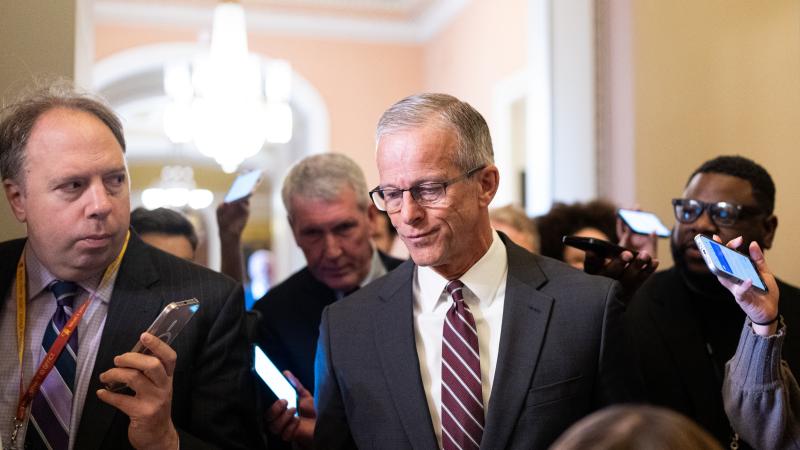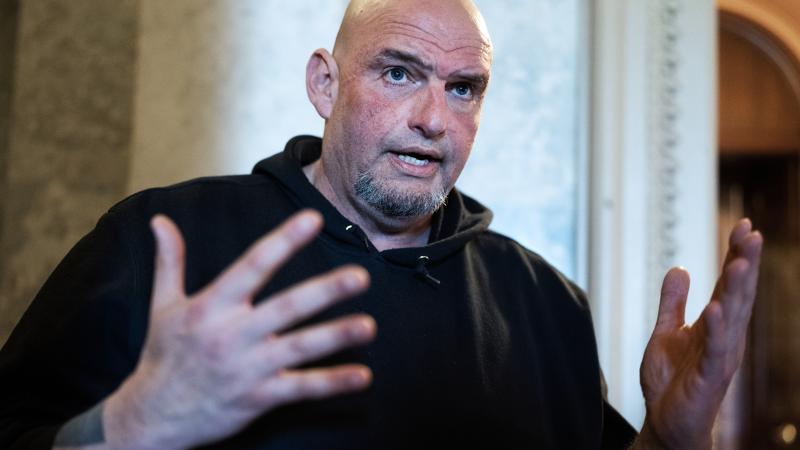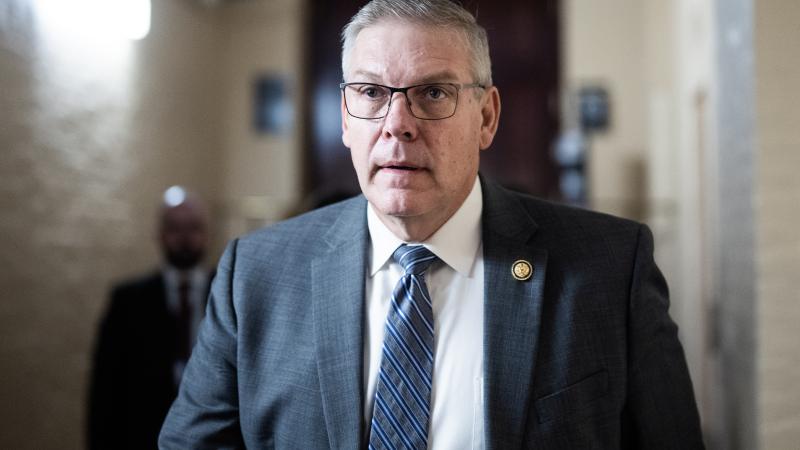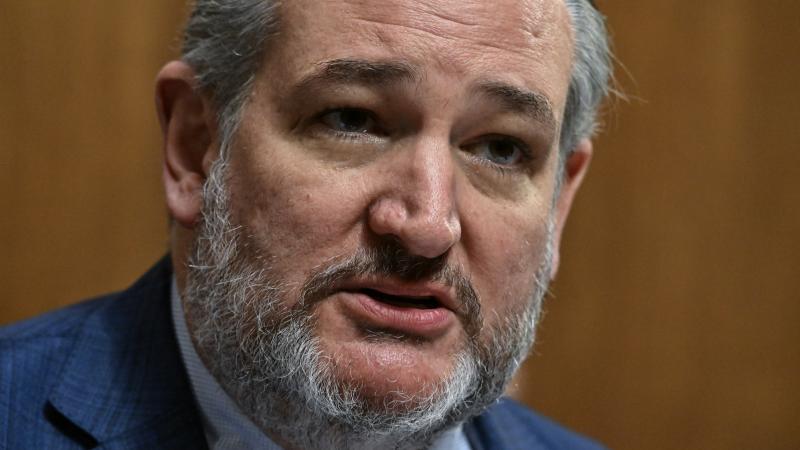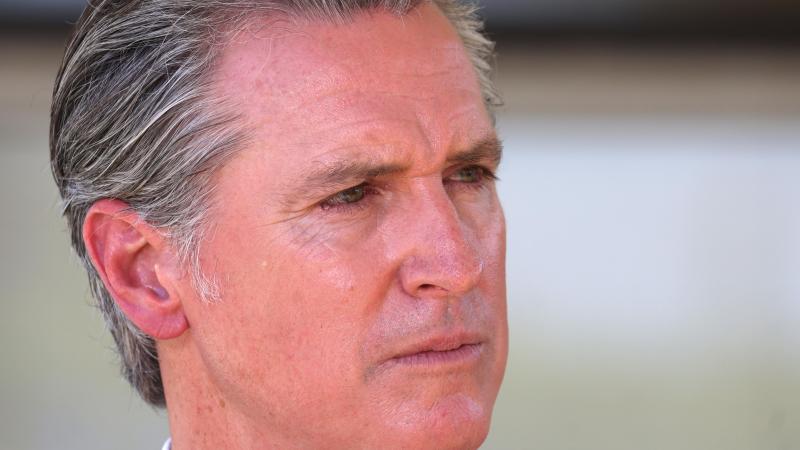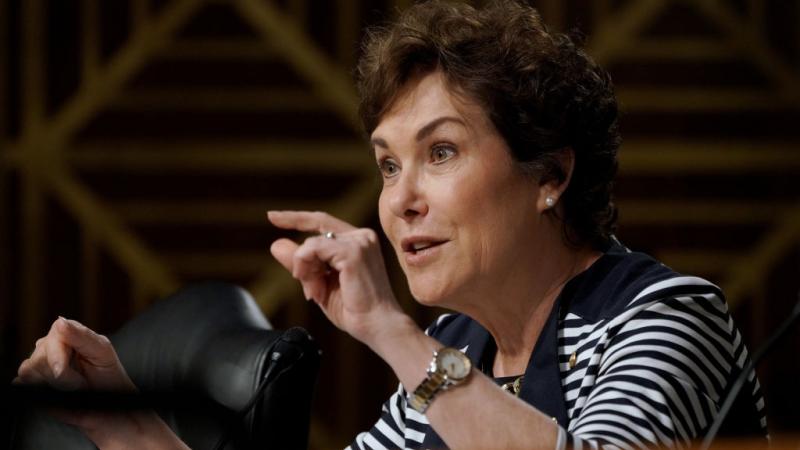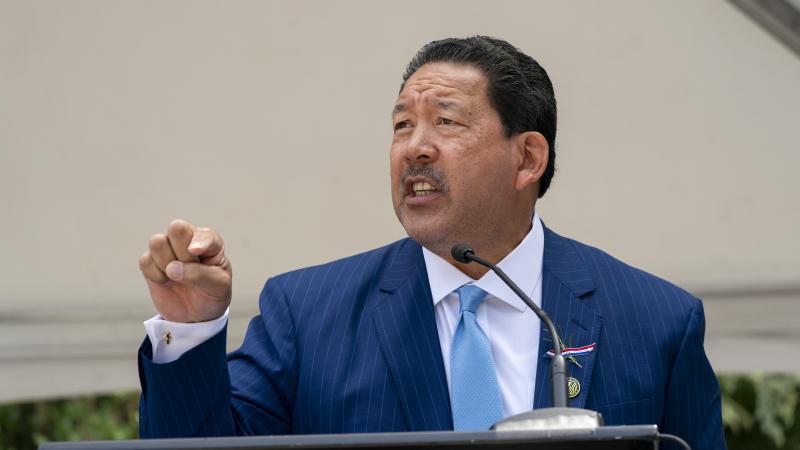Market tumult from fractious messaging forces Trump narrative shift on tariffs
The initial “Liberation Day” tariffs saw Trump impose sweeping “reciprocal” tariffs across most of America’s key trading partners and the creation of a baseline 10% tariff for other nations. The markets reacted with high volatility.
President Donald Trump’s tariffs have successfully brought at least 70 countries to the negotiating table, but the tumultuous market situation highlights a need for the administration to simplify the message to the public. And they seem to have coalesced around Treasury Secretary Scott Bessent’s approach of marketing them as a negotiating tactic.
The initial “Liberation Day” tariffs saw Trump impose sweeping “reciprocal” tariffs across most of America’s key trading partners and the creation of a baseline 10% tariff for other nations. Close trading partners such as Vietnam, Japan, South Korea and Israel speedily reached out to negotiate deals, with some even announcing the end of tariffs in anticipation of Trump’s initial announcement.
The market fell precipitously in the following days amid internal disagreements within the Cabinet on both messaging and the long-term approach. Department of Government Efficiency (DOGE) chief Elon Musk and Bessent became proponents of a negotiation-focused approach to the tariffs, while Commerce Secretary Howard Lutnick and economic advisor Peter Navarro favored the tariffs on their own merits.
The administration, however, froze the most expansive tariffs this week, with the exception of those on China, which Trump raised to 125%. Markets subsequently soared on the news, leading to higher closures for major indices. They fell again on Thursday as the administration stood by its China tariffs.
Mixed messages
When making his “Liberation Day” announcement, Trump pitched the tariffs as a means of encouraging domestic production in the United States and revitalizing towns left behind by globalization.
“Now it's our turn to prosper, and in so doing, use trillions and trillions of dollars to reduce our taxes and pay down our national debt,” he said. “Jobs and factories will come roaring back into our country and you see it happening already. We will supercharge our domestic industrial base.”
Not all members of the Cabinet were on the same page and a division emerged between officials emphasizing the tariffs as a negotiating tactic to secure favorable trade deals and those who supported maintaining the tariffs on their own merit in the longer-term for revenue purposes.
Musk and Navarro, specifically, had a high-profile disagreement throughout the week, with the pair openly taking potshots at one another on television and social media. Navarro, a tariff proponent, called attention to Musk’s automotive business and suggested it was a motivating factor for his opposition to tariffs. Musk, in turn, dubbed Navarro “Peter Retarrdo” and called him a “moron.” White House press secretary Karoline Leavitt brushed off the exchanges, saying “boys will be boys.”
Moving to moderate
As uncertainty in the market grew, however, Trump and his supporters began to shift decidedly toward presenting the tariffs as a negotiating strategy. Trump himself took the lead on this approach, largely through his Truth Social account. On Monday, for instance, Trump posted that “countries from all over the World are talking to us. Tough but fair parameters are being set. Spoke to the Japanese Prime Minister this morning. He is sending a top team to negotiate!”
“As I've said in the past, no one creates leverage for himself like [Donald Trump],” Bessent said, following Trump’s decision to pause some of the tariffs. Bessent and National Economic Council Director Kevin Hassett echoed the negotiation-centered line of messaging throughout the week. Hassett on Thursday confirmed to Fox News that “we’ve already got offers on the table from at least 15 countries.” He further clarified that many more had offered to negotiate but that these nations had submitted tangible proposals.
Even Lutnick, one of the administration’s most vocal tariff proponents, appeared to fall in line by Wednesday, saying “President Trump is standing firm against our global trade imbalances. We will sign the greatest deals in history.”
“The Golden Age is coming. We are committed to protecting our interests, engaging in global negotiations and exploding our economy,” he added Thursday.
Shoot for the moon, but landing short on purpose
While far from the original messaging, some members of the administration have suggested that the larger tariffs and their subsequent reduction may have been planned as a means of bringing typically intransigent trading partners to the negotiating table.
"I think that what's been going on all along is the president recognizes that in order to get the big change that we need for America's workers... that we need to create enough pressure on our trading partners that things that American presidents have been asking for, for decades, are actually offered at the table,” Hassett said on CNBC.
Lutnick, for his part, appeared to echo that during a recent meeting, saying “we have so many countries to talk to."
"They have come with offers that they never, ever, ever would've come with but for the moves the president has made,” he added. "You're going to start seeing deals, one after the other."
Potentially boding well for Lutnick’s prediction is the Australian refusal of a Chinese proposal to join forces to oppose American tariffs. Beijing officials have suggested targeted countries work against Washington, though it has evidently struggled to attract partners for the endeavor.
